The Early Church and Spiritual Formation

Early Church Period
Studies in early Christian faith communities have shown that formation practices were based on the Christian narratives which were used to form or shape the faith of these communities. These formation practices were often sensitive to the culture of their place and time (Engen 2004, 21-25).
From the first to the second centuries, new Christian converts were instructed using writings from the Didache, Justin Martyr and Irenaeus. At the end of the second century, teachings of new Christians were formalised by the founding of the Catechetical School at Alexandria. Here new converts were taught the basics of the Christian faith together with non-Christian learning. Two prominent teachers were Origen and Clement (Habermas 2001, 112)
It was in the early part of the third century that a fully organised plan of catechism was developed. A rigorous three year period were mandated before the adult convert were baptised. These 3 years period were to allow time for the new adult convert to change their lifestyle to one more fitting as a Christian. This period is called the catechumenate. This was necessary as most new converts were adults, converting from paganism.
From the fourth to the sixth century, infant baptisms became more common and the number of adults seeking catechumenate began to decrease. The emphasis and content of the catechism were slowly changed as more non-Christian disciplines were taught. The content of the catechism were the Lord’s Prayer and the Apostles’ Creed. The Ten Commandments were added by the thirteenth century (Habermas 2001, 112). However with the decrease in the number of adult seeking catechumenate, the catechism instructions deteriorated and the instructions were often given after baptism.
The catechism was the ancient church’s way of corporate spiritual formation. The Lord’s Prayer, the Apostles’ Creed and the Ten Commandments were recited in daily mass and in weekly Sunday services. It is part of the church liturgical worship. Members of the congregations were expected to memorise and be able to recite them.
Chan writes,
“When we recite the creed, we are doing more than telling ourselves what we believe; we are engaged in what in speech-act theory is called a performative act. We are making a pledge of self-giving to the God we believe in. In the practice of recitation, the creed functions like a nation’s national anthem or pledge.” (2005, 4).
The creed served the purpose of reminding the members of their basic beliefs, the Ten Commandments remind them to check themselves for their sins, and the prayer is the church’s prayer to God. Hence the incorporate of the catechism into the church worship liturgy serves a very important spiritual formation function. It reminds them they are a “separated” people, and reinforce their identity as a “separated” people.[1] Therefore the liturgy itself was an important in the corporate spiritual formation process.
The early church fathers taught that conversion was a process. One was slowly released from the bondage of the world. In that time period, Christian religious beliefs were incorporated into daily life. The catechumen was slowly helped by the church and her members to study and memorise the catechism, to live a life of holiness, to confess their sins and to serve others. This was a community effort. They would be horrified to learn of our conversion techniques and a quick prayer “accepting Christ into our heart.”
Chan comments,
“The ancient catechumenal process corresponds more closely to the idea of continuing conversion. It is a process of becoming in which the initial response is tested out, clarified, and strengthened. Just as true love between a man and a woman culminates in marriage, the catechumenal process culminates in baptism, when one renounces he world, vows lifelong commitment to follow Christ and enters into full communion with the church.”(2006, 124-125).
Conversion was a process that started with intention. That is why it takes at least 3 years before baptism was offered and performed. The spiritual formation process through the catechism did not end with baptism but continued through it to the rest of their lives. Again the early church understood baptism as early Judaism regarded Bar Mitzvah.
Monastic and Mendicant Period
The monastic movement helped to keep in continuity, some of the educational and instructional structure of the catechism. The Monastic consist of three different groups; those who were hermits and lived alone; those who live in communes under a monastic rule, and those who lived in communities under a spiritual director. It is those who lived in communes and communities that practice a form of community spiritual formation. Their purpose was to detach from worldly affairs and devote themselves to prayers and study. Spiritual disciplines like lectio divina, the Jesus prayer and contemplative prayers were developed during this time.
The decline of the monastic period saw the blooming of the mendicants. These were monks who vowed to live a life of poverty and to serve God. They were organised under various orders named after their founders, for example, the Franciscan (Francis of Assisi) and Dominicans (Dominic). The Dominicans were especially noteworthy because their call was to study, to preach and teach the gospel. Thomas Aquinas and Meister Eckhart were Dominicans. They continued the instructing of the catechism. However, the socio-political situation had changed. Though the Church is still rich and powerful, it has lost its influence over the general populace which succumbed to superstitions and a fearful Christian religiosity. In time, it led to the Reformation.
Reformation Period
One of the reforms done during the Reformation was to review the catechism. Martin Luther wrote his Large Catechism (April, 1529) and his Smaller Catechism, a month later. In these, Luther restructured the traditional instruction contents into three components. First was the “Code” of Christian beliefs, second was the “Creed” of the central message of Christ and lastly, the “Cult” which were instructions on how to appropriate Christ’s redemption through prayers and sacraments.
Reformed Tradition
John Calvin wrote the Catechism of the Church at Geneva (English) in 1542. This work was in the form of a 129 questions and answers format. This made it easier for the students to understand and remember. In 1563, the Heidelberg Catechism was written and it incorporated the 129 questions and answers. It contains segments on human misery, human redemption and divine redemption[2]. Therefore there is the cognitive aspect of the catechism which involved learning the answers and also behavioural modification necessary to live in a “Christian community”.
Weaver placed the reformed/Presbyterian worship service between the “prayer-book liturgical tradition” groups of churches, where liturgy was strictly followed, and the “free-church tradition”, where there were no prescribed liturgical rules[3] (Weaver 2002, 30). The reformed worship incorporates the spiritual formation processes found in the early catechism in liturgy worship services. These processes includes the focus on the praise and adoration of God, the participation of worshippers in worship rather than as spectators, a Word-centered liturgy, emphasis on preaching as a means of grace and the presence of order, dignity and grace (Weaver 2002, 33-34). The Lord’s Table, baptism and confirmations are also important aspect of the reformed worship. Therefore corporate spiritual formation takes place as people are reminded weekly of the creed, prayer and rules governing the Christian faith.
The catechumenate is an important spiritual formation tool that the Asian church should be encouraged to reconsider. First, conversion is the moving from one world to another. In the Asian context, it may mean detaching and breaking away from cultural and social roots. The relationship of a new convert with their non-Christian parents, siblings, relatives and friends may never be the same again. There is also the need to relearn cultural norms that is acceptable to Christianity. In some new converts, exorcism may need to be done. In others, the new converts may need to break the bonds with the temples. For example, some of them may be given as godchildren to the goddess Kwan Yin. These bonds need to be broken.
Second, the whole church is involved in forming the new convert’s lifestyle and religious instructions. Relationships need to be build and maintained. Prayers need to be offered for each other. New converts need to show how to use the means of grace to grow in their faith.
Finally, an adequate contextualised course of instruction must to be given. A good course is the Heidelberg Catechism. It is comprehensive in that it deals with the Christian creed and sacraments. Simon Chan asked some interesting questions
“How do we teach the Trinity vis-avis the world religions such as Hinduism, Buddhism and Islam?…How does the Christian doctrine of the Spirit relate to the traditional Asian animistic instinct?... What do we make of the hierarchical structure of the Asian family?...How does Christian prayer differ from the idea prevailing in popular religions that it is an “exchange” between a person and the deity?” (2006, 116-117)
[1] The whole idea is to reinforce the idea that baptized Christians are separated from the world, the flesh and the devil. The Augustinian image of moving from the City of Man to the City of God is helpful here. Augustine, S. (1993). The City of God. New York, The Modern Library.p.345-379. Being baptism is more significant then than is nowadays.
[2] “The Heidelberg Catechism of the Reformed Churches of the Palatinate (1563) began with the doctrine of sin and human misery (Qs1-11) followed by the doctrines of redemption and salvation by faith (Qs 12-21). The content of faith is specified in question 22:”What is it, then, for a Christian to believe?” Answer “All that is promised us in the Gospel, which the articles of our catholic, undoubted Christian faith teach us to sum.” The articles of faith are summed up in the Apostles’ Creed (Qs 23-85). Questions 59-64 discuss the appropriation of Christ by faith, with question 64 making the transition from creed to sacrament” Chan, S. (2006). Liturgical Theology: The Church as Worshiping Community. Downers Grove, Illinois, InterVarsity Press.p.108
[3] Weaver mentions three major liturgical streams. The prayer-book stream includes the Roman Catholic, Orthodox, Anglican and Lutheran has a liturgy format for all their churches. All their churches are required to follow the given format. At the other end is the free-church stream, which does not have a fixed liturgy or rules for governing the context and conduct of worship. Weaver mentioned the Presbyterians as being in between without mentioning the name of the stream. Weaver, J. D. (2002). Presbyterian Worship: A Guide for Clergy. Lousiville, KN, Geneva Press.p.30
Labels: Christian education, Church, Descriptors Spiritual Formation, Spiritual Formation




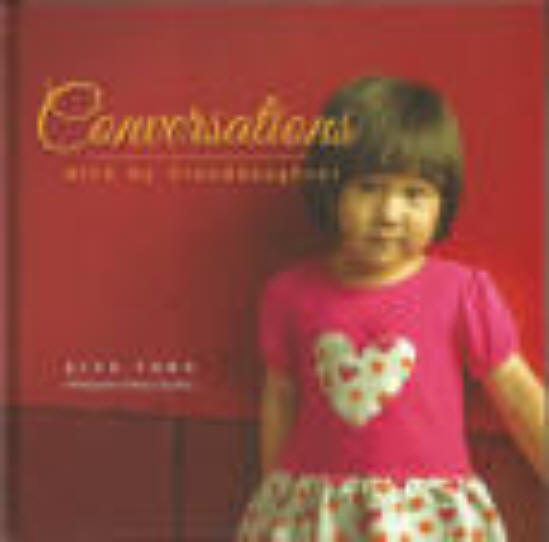
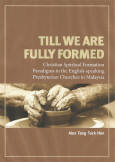
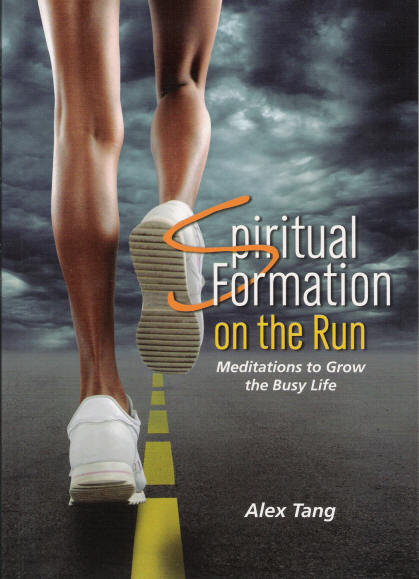
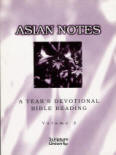
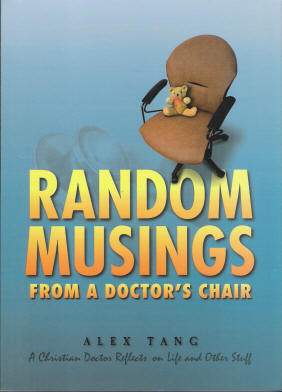

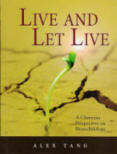
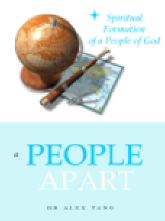

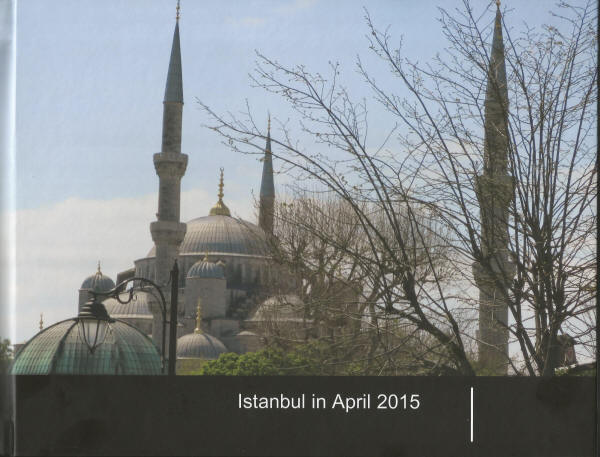
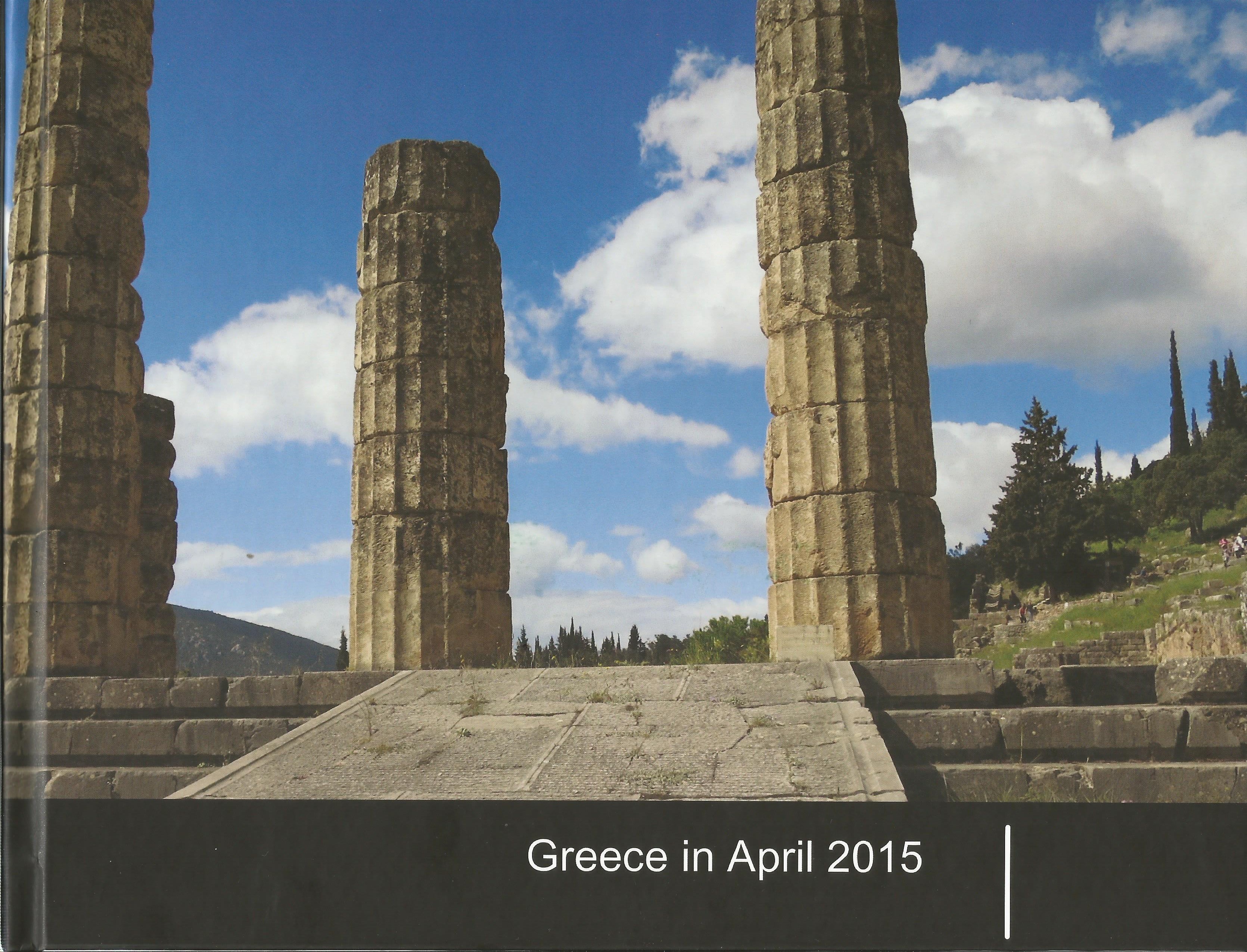
0 Comments:
Post a Comment
<< Home